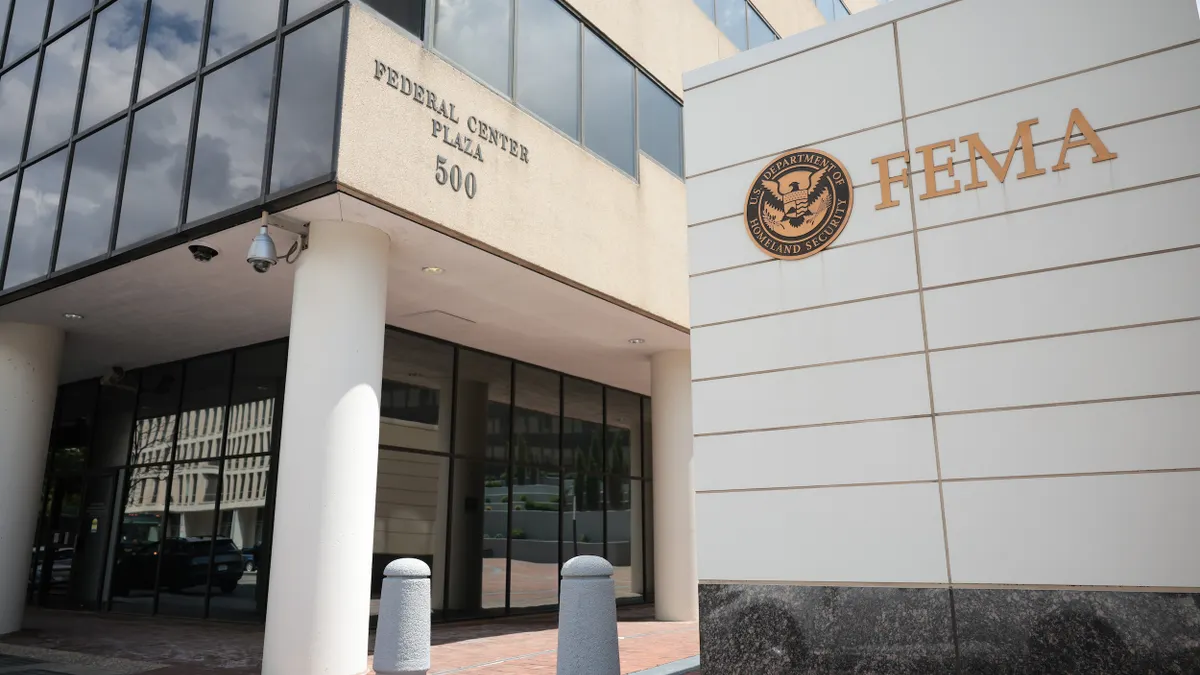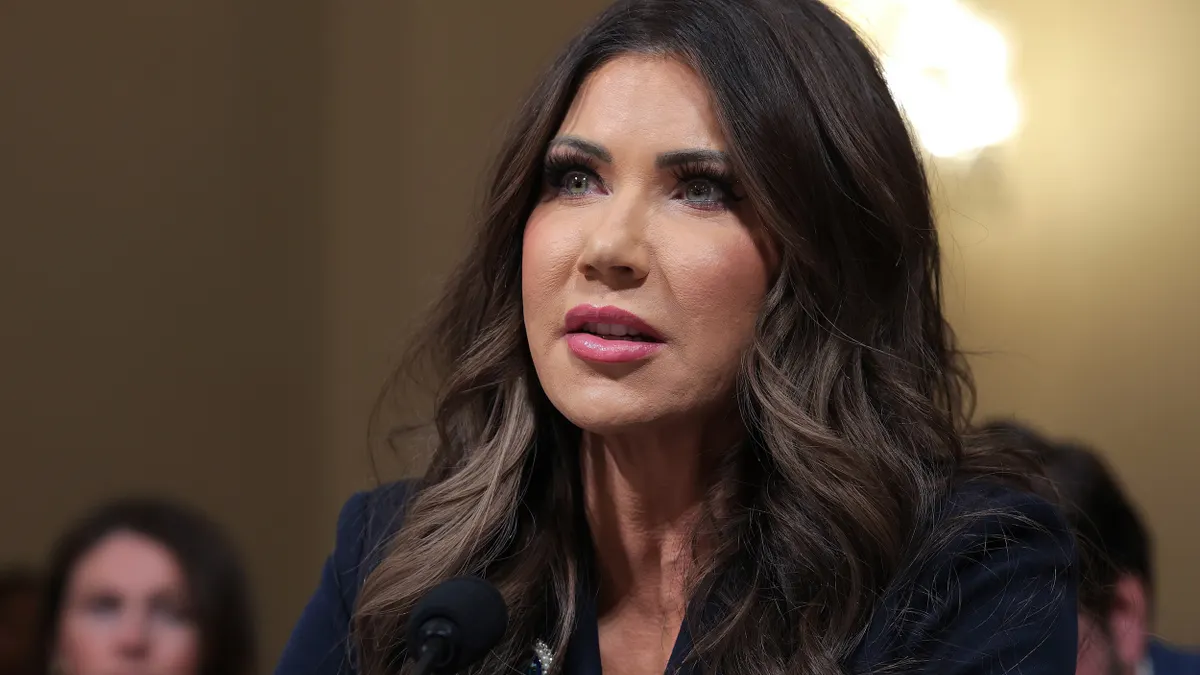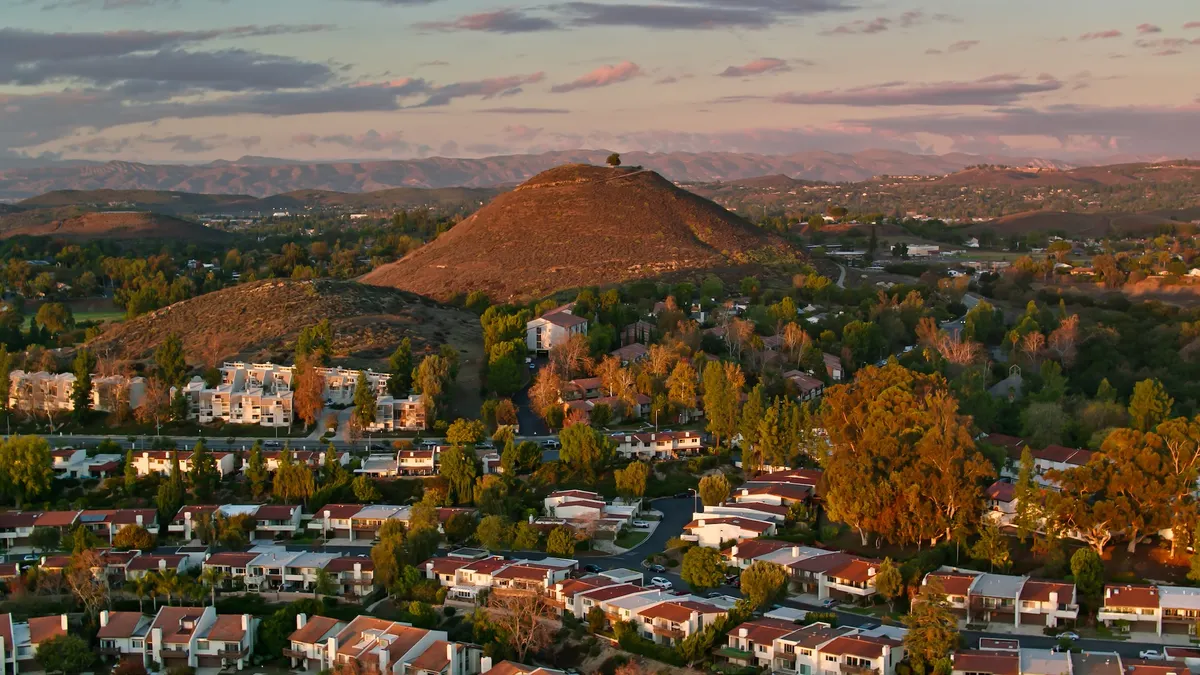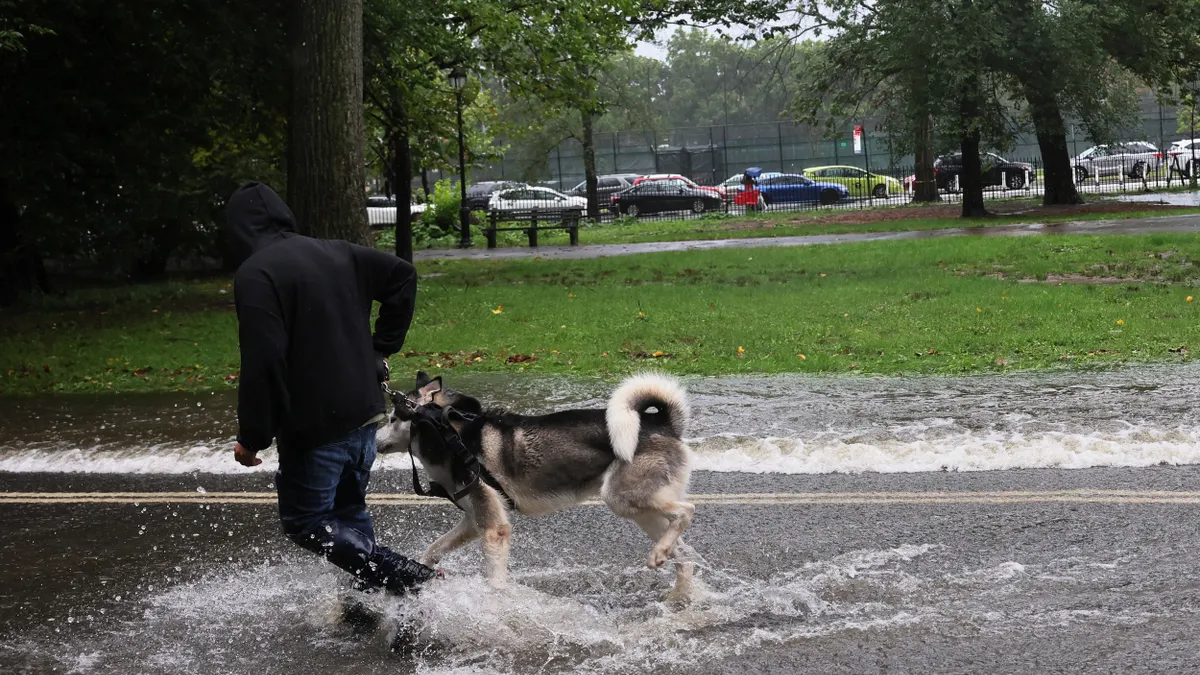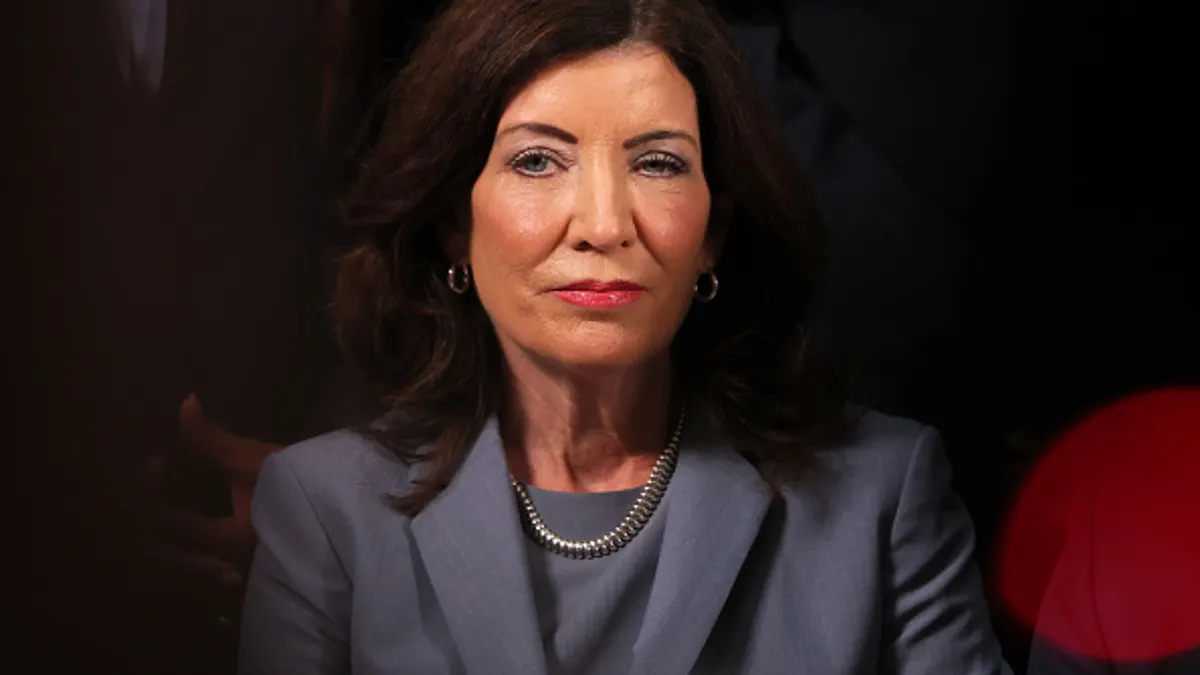The latest report from the America's Pledge initiative says U.S. cities, states and businesses are doing good work to cut greenhouse gas (GHG) emissions, but could do even more with a reengaged federal government.
Entitled "Accelerating America's Pledge," the report outlines two leadership scenarios for fighting climate change: bottom-up and all-in.
In the "bottom-up" scenario, with local governments and businesses leading the way, the report found that local action alone could reduce GHG emissions by up to 37% below 2005 levels by 2030. But in the latter, "all-in" scenario, which would combine local efforts with aggressive federal reengagement, emissions could drop by up to 49% below 2005 levels by 2030.
Those behind America's Pledge, which is funded by former New York City mayor and 2020 presidential candidate Michael Bloomberg, said either method is encouraging, but national leadership is still key to get emissions levels as low as possible.
"The data in our report shows that while current state and business commitments are impressive, they are not sufficient, [and] it does not seem likely to us that the United States will catch up with its Paris goals without federal reengagement," Carl Pope, America's Pledge vice-chair, told reporters at a briefing on the report last week.
Pope said that the leadership at the local level has already driven significant change in U.S. emissions, even with the federal government stepping back. Policies already on the books from states, cities and businesses are set to reduce emissions by 19% below 2005 levels by 2025, with cuts in the electricity, transportation and building sectors responsible for two-thirds of total emissions cuts.
The rest, he said, must come from new technology and enhancing the carbon storage of natural environments like forests, farms and coastal wetlands. "This is all very practical. We know how to get it done," Pope said, adding that any emissions cuts will be built on using 100% clean electricity; decarbonizing energy end-uses in buildings, transportation and industry; and bolstering natural environments so they can have more carbon storage capabilities.
Relying on electrification while cleaning up the electricity supply is a difficult balance to strike, as newly electrified sectors of the economy still may derive their energy from fossil fuels, but experts said it should not be a barrier to change.
"You can do one without the other, and that doesn't help you too much," Danielle Merfeld, chief technology officer of GE Renewable Energy, told Smart Cities Dive in an interview. "For example, you can electrify your fleets but then if you're still using coal to drive your electricity, you're no better off. You have to do them both."
Recent climate warnings
The report comes amid further dire warnings from the United Nations (UN) and other world bodies, which expressed major concerns about the international response to global warming at the COP conference in Madrid, Spain this month.
Building on findings from the likes of the UN Intergovernmental Panel on Climate Change (UN IPCC) and the U.S. federal government last year, the World Meteorological Organization (WMO) warned global climate change is getting worse as emissions continue to rise in countries like China and India, and will result in more natural disasters like hurricanes and wildfires.
And those grim findings have continued to spur city leaders to act. Last week, the U.S. Conference of Mayors (USCM) released its 2020 policy agenda, calling for accelerated efforts toward clean energy to fight climate change.
USCM called on Congress and the administration to establish new policies around incentive programs for renewable energy and have a national strategy for cutting GHG emissions, among others. On a call with reporters, USCM representatives urged federal policymakers to step up and provide national leadership, a call that has intensified in recent months. But, they said, cities are prepared to keep leading where the national government is absent.
"Cities are the laboratory for what we need to get done, and cities are leading," Burnsville, MN Mayor Elizabeth Kautz, a past USCM president, said during the call. "We don't wait for the federal government to act to protect the planet for our children."
Within those local efforts, it will be key for cities to put climate change at the forefront of policy decisions and break down silos that exist between governmental departments. Many are already looking to effect change through passing climate emergency declarations, but ensuring the fight against global warming is a cross-departmental effort takes time.
"Making sure that your public works person talks to your housing person, talks to your public health person [is key]," Carlos Martin, a senior fellow at the Urban Institute, said during a panel discussion at The Atlantic's recent Blueprint infrastructure summit in Washington, DC. "This often doesn't happen, especially in very large cities with a huge bureaucracy, it's hard for people to walk down the hallway and say, 'How do we figure this out?'"
Pope said a crucial dynamic already unfolding in local efforts to battle climate change is sharing best practices, and the federal government — which he called "totally absent without leave" — would do well to learn from local leaders if it reengages in the coming years.
"One of the dynamics we're seeing is those businesses and those cities and those states that are already committed to the Paris goals are learning from copying each other," Pope said. "The next administration needs to be willing to learn from them and by copying what cities, states and businesses are already doing to put the U.S. on the pathway to meet its Paris commitments."









